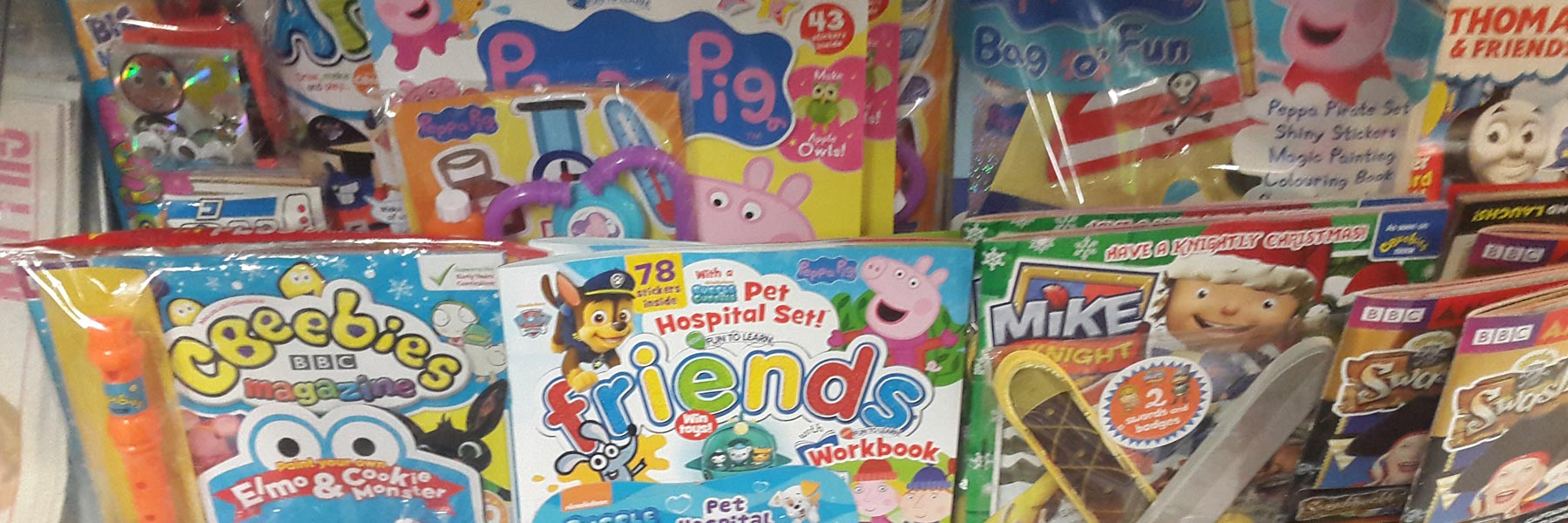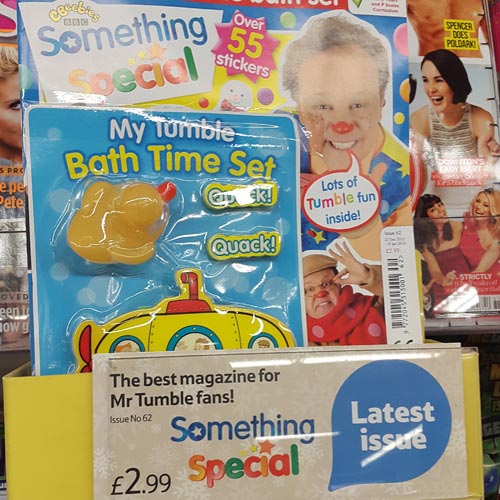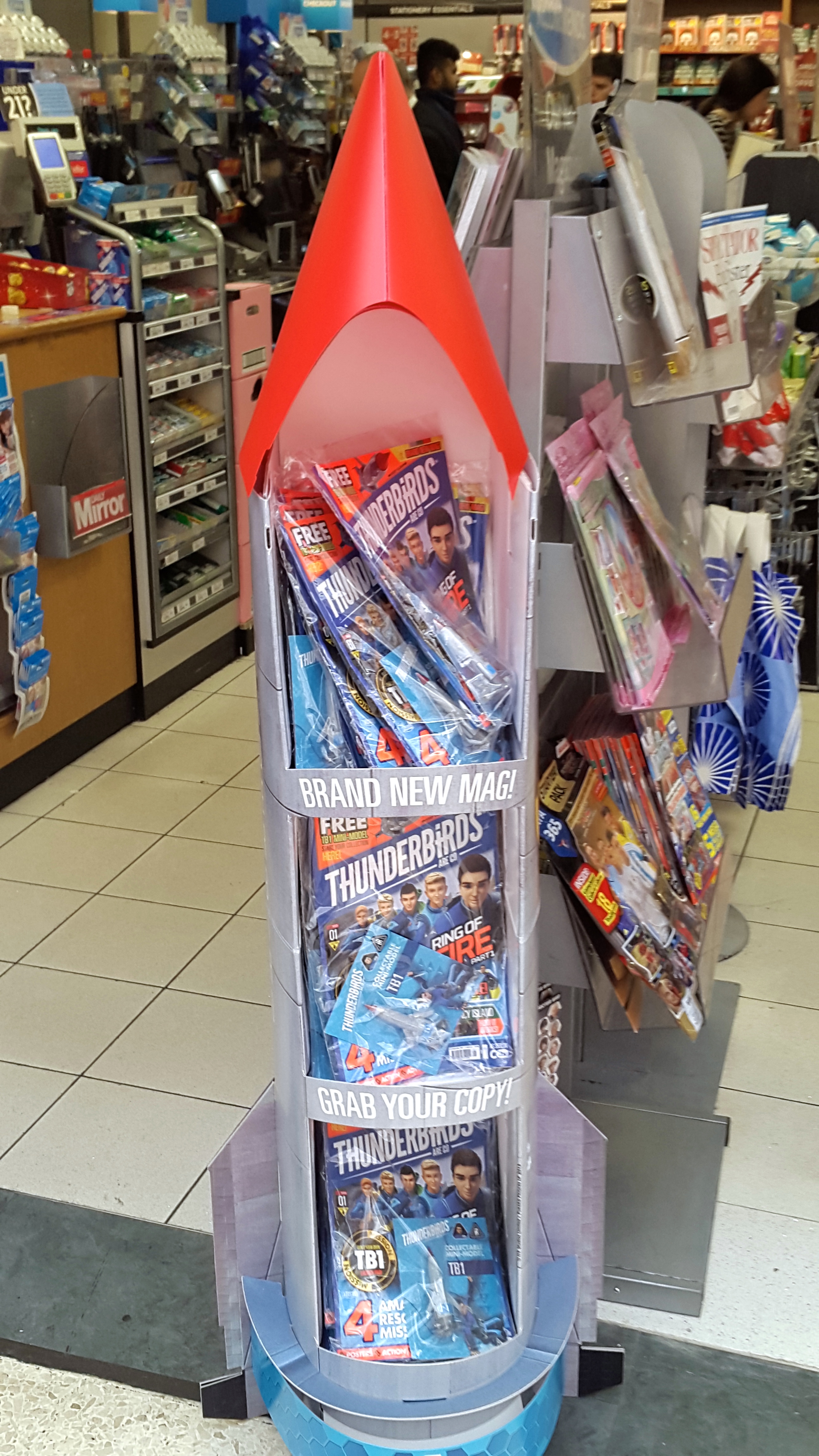Start Licensing’s Ian Downes takes a browse at the latest partworks on the market.
As soon as the Christmas decorations are down and the Christmas cards are (hopefully) recycled, it can be guaranteed that you will see the first of a clutch of partwork commercials on TV and the actual partworks in store. Normally the first issues are marketed at a special price and are bulked up packwise to grab consumer interest at retail.
A partwork is a collectable magazine normally with a ‘how to’ element. It can run for over a year and is made up of a number of issues. Traditionally the titles were non-licensed and focused on self improvement , hobbies or ‘special’ interests. Classic titles have included Microwave Know How and Discovering Needlecraft.
However, a few years ago partwork companies discovered licensing – I think the first licensed title was based on the BBC series Animals of Farthing Wood. Since then partwork publishers such as Eaglemoss, De Agostini and Hachette have become more reliant on licensing and licensed titles. This has I’m sure been welcomed by licensing companies as a successful partwork can be financially lucrative and create a marketing buzz for a property. Furthermore partworks can work internationally.

A downside for the partwork company is that licensed titles come with restrictions, third party approvals and varying levels of popularity market by market. They can be hard to coordinate internationally.
In my view some licensed partworks haven’t been the ‘best in class’ editorially or collection-wise with perhaps too much reliance on the license carrying the collection through.
I say that as an old partworks man albeit some years ago now – as an aside when I got married I was still in the industry and the media agency we used sent me a Telegram to be read out at the wedding reception which said “With best wishes on your wedding and we hope your Part Works tonight”.
With this quality concern in mind, I was delighted to see Hachette’s latest partwork which was launched recently. It claims to explain How to Draw Spider-Man in 7 steps on the cover and seems to deliver on the promise. It is a well presented collection which uses the licence in an appropriate way and the license clearly adds to the concept.
How to Draw Generic Comic Characters would not have the value and resonance that the Marvel characters bring to bear. The collection also accesses named artists adding credibility to the product. The collection looks very promising and one that should engender a significant level of loyalty – the financial well being of a partwork series depends on a good level of ‘starters’ and converting a good percentage of these to ‘loyal’ collectors.
The collection is editorially strong and does not seem to rely too heavily on the lure of free gifts – it also goes back to basics and is about self improvement and the gaining of a skillset. I think it is a great example of how to use a license effectively and for Marvel it is a very positive way of portraying their characters with the added bonus of engendering an appreciation of the characters and the skills of comic art.

Another area of publishing that is licensing-friendly is that of comics. In most retailers the children’s comic and magazine section is dominated by licensed titles. These range from standalone titles to compilation titles. One of the challenges at retail is display – the comics fixture can often be messy and overcrowded. Comic publishers are working hard to achieve stand out – this is using a combination of techniques including cover gifts, in-store displays and off-shelf displays.
DC Thomson’s FSDU display for their Thunderbirds title was particularly noteworthy I think – a FSDU shaped like Thunderbird 1 – and there is a greater use of what I believe is the elegantly named ‘parasite shelving’ to grab consumer attention.
There is a debate in the comics world that the free gift is now more important than the comic itself. Some people believe that there are too many free gifts. My feeling is that the consumer expectation for comics has changed, the buying occasion has also changed (more comics are sold in supermarkets now for example) and therefore in the licensed arena a good ‘free gift’ is part of the comic offer.
That said I think consumers realise the gift isn’t free and is part of the cost of the product. Reassuringly I think comic publishers such as Redan, Egmont, Titan and DC Thomson place great emphasise on the quality of the content and spend a lot of time researching their products. Editorial and design standards are high.
A good example of this is the success Redan have had with their preschool titles marketed under the Fun to Learn banner. This is now established as a brand in the pre-school sector and has consumer recognition. They develop single character titles such as Peppa Pig, one shot specials such as The Snowman and publish compilation titles featuring a range of characters.
I think comics and magazines are maybe a little undervalued in licensing terms – they can be a great communication platform to fans, link to other parts of the licensing programme and can set a qualitative standard for the licensing programme. Indeed comics have been a source of licensed properties themselves: Redan now licence the Fun to Learn brand out , The Beano is the home of Dennis the Menace and, of course, many of the Marvel ‘movie characters’ actually started life as comic characters.

The comic aisle is a busy one, but it is an important part of the licensing mix and is worth perusing – there are some interesting licensing dynamics within it. For instance I recently spotted at least three Star Wars titles on sale at the same time: I’m not sure how they are differentiated – maybe be age and genre.
There also seems to be growth in compilation titles which are a good way for licensed properties to test the waters and get some early exposure for their characters in the sector. It is also a sector that I think is a positive one for the licensing industry – comics encourage reading and activities such as crafting plus offer a shared experience with family and friends.
Maybe we should celebrate the link between licensing and comics a little bit more: perhaps Brand Licensing Europe might consider a Comics Gallery at BLE 2016…
If you want to read more about the comics sector in the UK, I would thoroughly recommend the blog Down the Tubes written by John Freeman.
Ian Downes runs Start Licensing, an independent brand licensing agency. His Twitter handle is @startlicensing – he would welcome your suggestions for what to look out for.






























